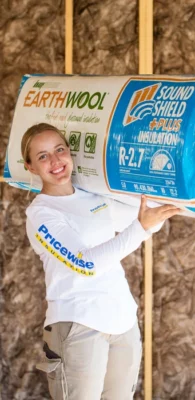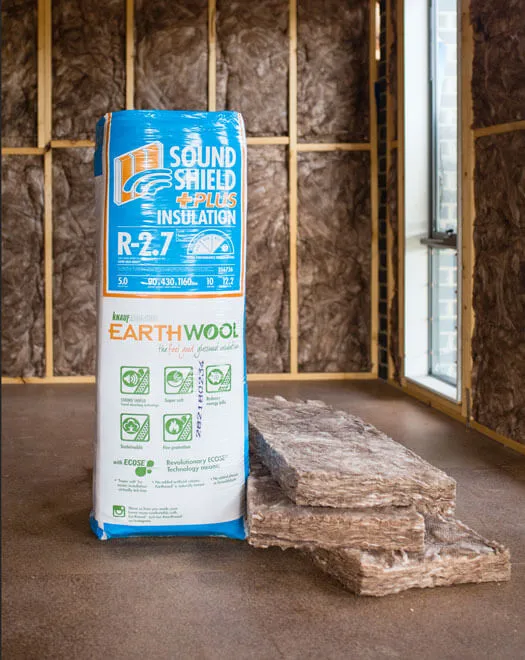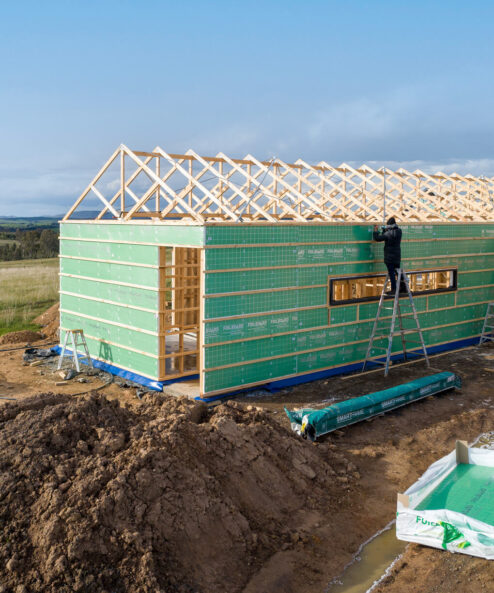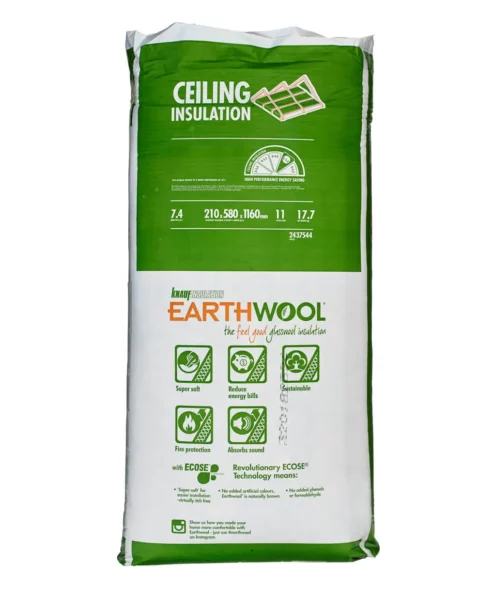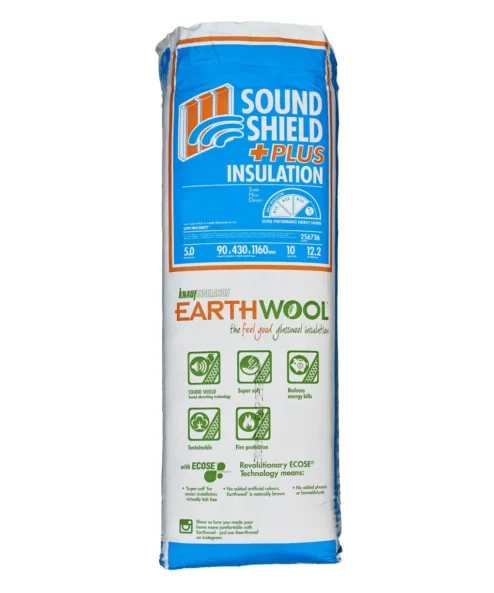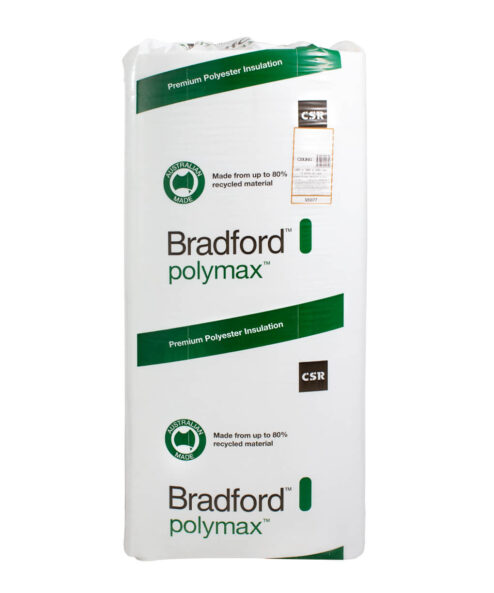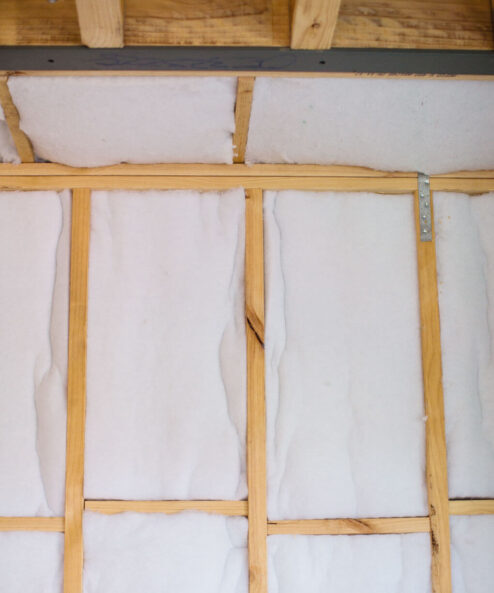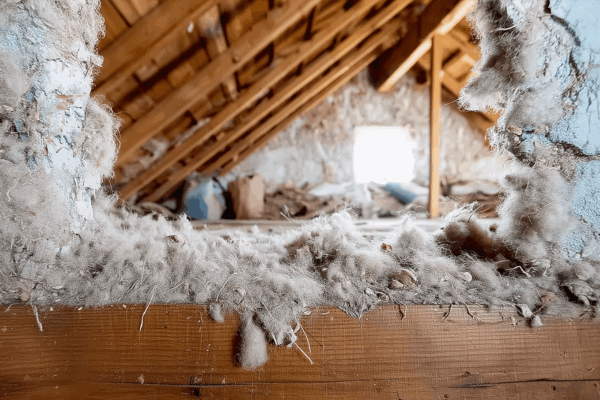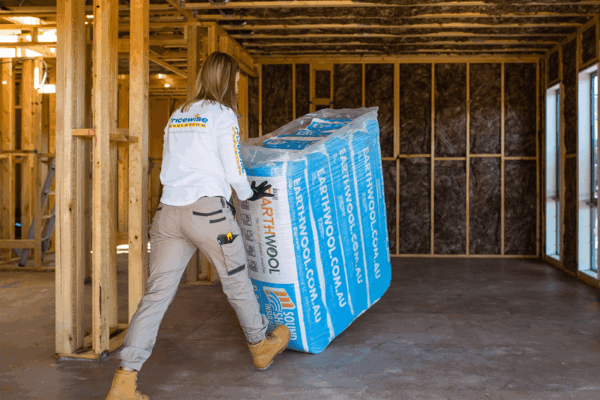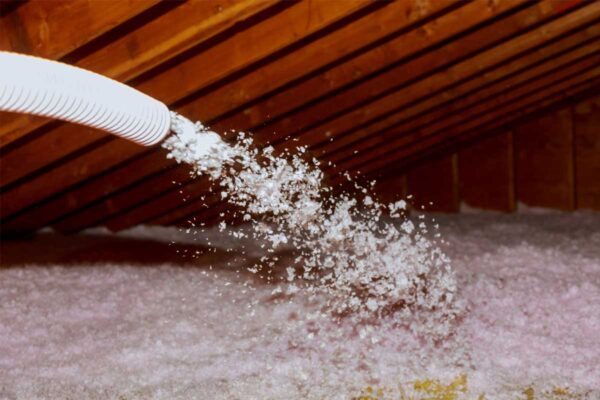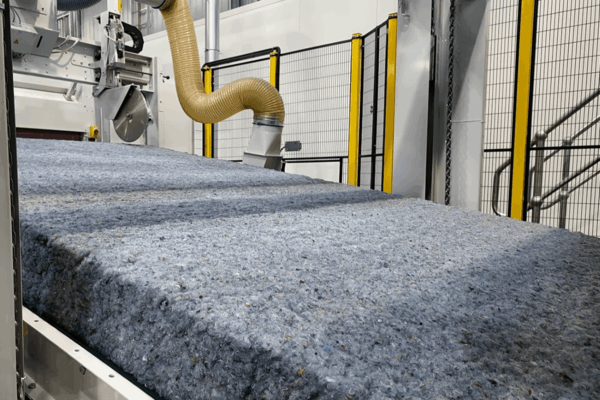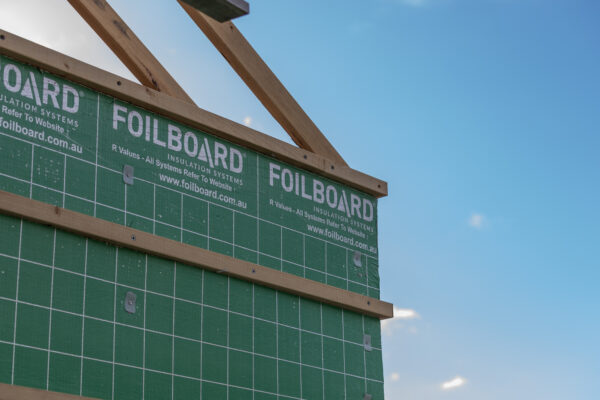Insulation Tips
Understanding Climate Zones In Australia
Australia’s vast and diverse climate ranges from tropical in the north to temperate in the south, with arid deserts surrounding the central region. This climatic diversity means that each climate zone necessitates its own relevant insulation for buildings and properties.
But what is a climatic zone exactly, and what climate zone (or zones) is Australia in?
In this blog, we will look at the different climate zones in Australia and how they affect your choice of insulation. We’ll answer the common question of what are climate zones and further discuss the recommended insulation types for each. This way, when you’re ready, you can shop by application and select the best insulation material for your home.
What is a Climate Zone?
A climate zone is a geographical area characterised by specific weather patterns, such as temperature, humidity, and precipitation. Due to certain factors that influence the Earth’s climate, distinct climate zones exist with their own characteristic temperatures, seasonal variations, vegetation patterns, and so on.
These factors include things like solar radiation, topography, and the unique wind patterns created by the Earth’s rotation. Even the Earth’s axial tilt plays its part in shaping the global climate system by influencing the distribution of sunlight and ocean currents.
Climate Zone Types
There are 8 climatic zones in Australia, each with their own insulation requirements. These zones range from the hot, humid areas in northern Australia, to the alpine areas in the southeast.
The climate zone helps determine the minimum insulation R-value required in your home to comply with the national building code. Generally speaking, houses in extreme climates require a higher R-value, while houses in milder climates require a lower R-value.
Climate Zone 1 Requirements
Climate zone 1 is located in Australia’s tropical north and is characterised by high-humidity summers and warm winters. Residents in this region should focus primarily on managing the heat and humidity by using insulation to maintain cool indoor temperatures.
Climate Zone 2 Requirements
Climate zone 2 encompasses Australia’s tropical north and parts of the east coast. It experiences warm humid summers and mild winters.
Climate zone 2 insulation requirements are relatively similar to those of Zone 1, focusing on heat and humidity control. Reflective and bulk insulation in walls and ceilings can help to regulate indoor temperatures.
Climate Zone 3 Requirements
Climate zone 3 insulation requirements include reflective and bulk insulation that can both keep the heat out in summer and retain warmth in winter to maintain comfortable indoor temperatures year-round. This climate zone includes parts of the south coast and the eastern seaboard. It is characterised by hot dry summers and warm winters.
Climate Zone 4 Requirements
Climate zone 4’s hot dry summers and cool winters cover the inland areas of New South Wales and Queensland.
This region experiences significant temperature fluctuations. As such, climate zone 4’s insulation requirements include insulation in walls and ceilings for maintaining consistent temperatures.
Climate Zone 5 Requirements
Climate zone 5 insulation requirements primarily focus on cold weather protection due to the temperate climate and four distinct seasons in the southern parts of New South Wales and Victoria. To retain heat during winter, insulation in walls, floors, and ceilings is highly recommended.
Climate Zone 6 Requirements
Climate zone 6 features a mild temperate climate in the Alpine regions of Victoria, New South Wales, South Australia, and the southern tip of Western Australia. Climate zone 6 insulation requirements necessitate insulation in walls and ceilings to help regulate cooler winter temperatures.
Climate Zone 7 Requirements
Climate zone 7 is a cool temperate region mainly covering the southeastern portion of Australia. This is a moderate climate with distinct seasons where the average temperature of the coldest month is below -3°C and the average temperature of the warmest month is above 10°C. High-density bulk insulation in walls, floors, and ceilings can help maintain a comfortable indoor temperature in the winter.
Climate Zone 8 Requirements
Climate zone 8 in Australia is in the alpine regions, which include the ACT, Tasmania, most of Victoria, and some southern parts of NSW and Western Australia.
Zone 8 has cold to very cold winters with rainfall, some snowfall, and warm to hot, dry summers. For this reason, bulk insulation is typically installed in walls, ceilings, and underfloor areas.
Understanding R-values
R-value measures a material’s resistance to heat flow and tells you how well the material insulates. The higher the R-value, the more effective the material is at preventing heat from passing through it.
R-value can be affected by a home’s construction, exterior colour, and elevation above sea level:
- Home construction refers to elements like brick walls, steel framing, concrete, windows, and joists.
- Dark roofs absorb more heat and lighter roofs reflect sunlight, which can affect cooling costs in sunny climates.
- It gets colder the higher up you go, and this also factors into a home’s required R-value rating.
This table from the Building Code of Australia outlines the basic R-value requirements for roofs, walls, and floors.
Climate Zone: |
1 |
2 |
3 |
4 |
5 |
6 |
7 |
8 |
|
Roof/Ceilings |
|||||||||
Direction of heat flow |
Inwards |
Inwards/Outwards |
Outwards |
||||||
| Very light coloured roofs (Absorptance ≤ 0.4) | R4.1 | R4.1 | R4.1 | R4.1 | R4.1 | R4.1 | R4.1 | R4.1 | R6.3 |
| Light coloured roofs(0.4 < Absorptance ≤ 0.6) | R4.6 | R4.6 | R4.6 | R4.6 | R4.6 | R4.6 | R4.6 | R4.6 | R6.3 |
| Dark coloured roofs (Absorptance ≥ 0.6) | R5.1 | R5.1 | R5.1 | R5.1 | R5.1 | R5.1 | R5.1 | R5.1 | R6.3 |
Walls |
|||||||||
Direction of Heat Flow |
Inwards |
Outwards |
|||||||
| R2.8 | R2.8 | R2.8 | R2.8 | R2.8 | R2.8 | R2.8 | R3.8 | ||
Floors |
|||||||||
Direction of Heat Flow |
Inwards |
Outwards |
|||||||
| R1.5 | R1.0 | R1.5 | R2.25 | R1.0 | R2.25 | R2.25 | R2.75 | R3.25 | |
These are the minimum R-values required. Adding extra insulation will improve the comfort of the home, however, it’s important to remember that in warmer regions, the payback period is slightly longer than in the cooler states.
Choosing the Right Insulation for Your Climate Zone
Different climate zones require different insulation types. In Australia, the installation of polyester, glasswool, and rockwool batts is common. However, different parts of Australia use different wall wraps in conjunction with insulation batts.
For example, vapour permeable wraps are used extensively in the southern parts of Australia. However, in the tropical regions of Australia, a non-breathable foil is used on the outside of houses to stop warm moist air from outside from condensating on the back of the cooler plasterboard.
Knowing and understanding your specific climate zone is important for choosing the right insulation for your home or building. Proper insulation can significantly reduce energy consumption and improve comfort. It may be worth it to upgrade to a higher R-value than what’s required in your climate zone—both in terms of comfort and sustainability.
Glasswool insulation
Glasswool insulation is an extremely versatile and cost-effective insulating material that is suitable for all climate zones in Australia with its easy installation and great thermal and acoustic properties.
We recommend Earthwool insulation such as Knauf Earthwool Insulation Ceiling Batts and Knauf Earthwool Wall Insulation Batts for the best performance. Alternatively, you can also use Bradford Gold Hi-Performance Ceiling Insulation Batts.
Polyester Insulation
Polyester insulation is often made using recycled plastic materials and is safe, non-toxic and non-irritating. It is suitable for all climate zones and is recommended in areas that are prone to moisture.
Polyester insulation is typically only produced up to R4.0 for ceilings — although it is possible to install a double layer of polyester ceiling insulation to achieve a higher R-value such as R5.0, R6.0, R7.0 and R8.0.
The Bradford Polymax Ceiling Insulation is a high-quality polyester insulation product that is great for improving the comfort level of your home.
Rockwool Batts
Rockwool batts is a natural insulation material made from molten rock. It is suitable for all climate zones and has excellent thermal and acoustic properties. Rockwool insulation products such as James HardieFire Insulation are used in partition walls and boundary walls, where the insulation forms part of the fire barrier.
Reflective Foil Insulation
Reflective foil insulation products such as Foilboard Insulation and Kingspan Air-Cell Insulation are suitable for all climate zones. In the warmer climate zones, it can be used on the external walls of homes. When using it in the cooler states, its important to use a vapour permeable product such as the Kingspan Air-Cell Permishield® XV 70 Commercial Insulation.
This type of insulation works by reflecting radiant heat away from the building and is often installed in combination with bulk insulation batts for best results.
Note: When installing cladding on a house or commercial building, the cladding manufacturer will have a recommended building membrane that should be installed behind it. It’s important to check this before selecting a reflective foil product or other building membrane.
Vapour Permeable Wraps
Vapour permeable wraps are membranes that allow water vapor to escape from a building. They help reduce condensation and prevent mould and rot. In accordance with the National Construction Code (NCC), vapour permeable wraps are required in climate zones 6, 7, and 8 of Australia.
Brands like Pro Clima offer weather-resistant and airtight systems that manage moisture effectively.
The 7 Star Energy Standard
The 7 star energy standard states that new houses and units now require a 7-star energy equivalence rating out of 10 for the roof, walls, windows, and floors. This correlates to a home’s design and orientation, insulation, glazing, building materials, and ventilation.
Homes with a 7-star rating require less energy to heat and cool, and need 20 to 25% less energy than 6-star homes.
Looking for Insulation Depending on your Climate Zone?
At Pricewise Insulation, we offer access to Australia’s best insulation brands at competitive prices. For premium quality insulation products, shop online today or contact us directly to get your home properly insulated this season.

